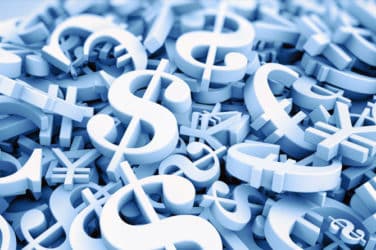The potential of blockchain to deliver tangible business value has once again been demonstrated, this time in the area of collateral lending. In a ground-breaking transaction, ING and Credit Suisse carried out the first-ever live securities trade on a blockchain platform.
The two banks successfully swapped €25 million worth of high quality liquid assets using the collateral lending application of fintech HQLAx on R3’s Corda distributed ledger platform. The technology driving the transaction was developed by ING’s blockchain /distributed ledger technology (DLT) team.
Banks need high quality liquid assets to meet tougher liquidity requirements under Basel III. These are assets that can easily and immediately be converted into cash without losing their value. However, holding too many lowers their return, so efficient trading allows banks to optimise their balance sheets.
More efficient and resilient
This latest transaction shows yet again how blockchain can make financial services faster, easier and more efficient. But it’s broader impact could be even more meaningful, says ING’s Ivar Wiersma, head of Wholesale Banking Innovation. It is making the financial industry more efficient and resilient by creating a more transparent marketplace for exchanging digital assets.
“What’s really different is that it gives the regulator the opportunity to get direct access to the ledger and see the entire digital history of the transaction, from where it originated to its ownership and attributes. In the over-the-counter environment, which is traditionally not that transparent, it could make the entire financial system more resilient,” says Ivar.
This is the first transaction on Corda using HQLAx digital collateral records. It involved high quality liquid assets, but the concept of assets being tokenised and therefore digitised and traded is applicable to other assets classes as well, Ivar adds. Potentially it could also revolutionise other parts of the capital markets.
Ivar points out that many of the blockchain applications that are being developed on Corda are close to real-life production, which is a sign of the good progress made in the platform’s development and a clear benefit of the strong partnership with R3.
ING’s blockchain/DLT team developed the technology behind the HQLAx collateral lending platform, demonstrating how the bank partners with others to innovate faster. Earlier in January, ING used its Easy Trading Connect platform to complete the first blockchain trade of agricultural commodities.
Collateral and OTC explained
For hundreds of years, lenders have used collateral as security against the possibility of the borrower defaulting on payment. Collateral can include cash, government securities, mortgage-backed securities, bonds, equities, real estate, metals and commodities. In the early days, there were no legal standards and most calculations were performed manually on spreadsheets. In modern banking collateral is mostly used in over the counter (OTC) trades, which are carried out directly between two parties, rather than through a regulated exchange. The OTC derivatives market is significant in some asset classes such as interest rate, foreign exchange and commodities.
Source: ING





